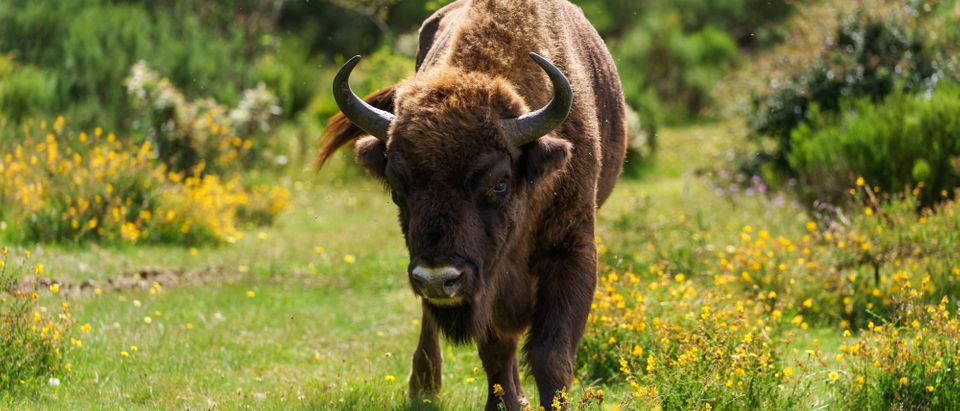Bison are being introduced into the Arctic to replace a species that went extinct long ago.
Twelve plains bison were transported to the Russian Arctic to assume the role of mammoths that went extinct 4,000 years ago, according to a statement from the Russian Federal Arctic authorities.
Bison are being introduced to the Russian Arctic to replace extinct woolly mammoths. But why? https://t.co/8mViTDnjVj
— Live Science (@LiveScience) August 9, 2023
The bison were brought to their new habitat at Ingilor Nature Park in a three-week-long trip of 5,000 miles from their original Denmark nursery home. The protected park spans 2.2 million acres in the northern Yamal-Nenets Autonomous Area. (RELATED: 46,000-Year-Old Creature Revived From Permafrost, Scientists Say)
“Buffalo can easily adapt to the Arctic because, historically, it is their natural habitat. They can take on the role of mammoths, which became extinct 11,000 years ago,” a statement by the Yamal-Nenets Autonomous Area Department of Natural Resources and the Environment said.
The bison will be quarantined for one month before they are released in their new habitat. The animals will be carefully watched by park employees once in the enclosure.
Participants in the Pleistocene Park environmental project from Yakutia were responsible for transporting the bison to the Polar Urals. The organization’s leaders sent 14 musk buffalo to Yakutia last May to receive four male and eight female plains bison in an exchange with the Department of Natural Resources and Environment of the Yamal-Nenets Autonomous Area.
“The proximity of the habitats of the plains bison and musk buffalo is expected to attract more tourists to this protected nature area in the Arctic and will also help bring to life the idea of creating an interactive site for people to get acquainted with and watch animals which lived in the late Pleistocene Epoch, a period when, along with plains bison and musk buffalo, the tundra-steppe was inhabited by mammoths, the woolly rhinoceros and other representatives of megafauna,” the Yamal Government website said.
The Ingilor Nature Park is one of the world’s largest nature parks, counting 100 musk oxen among its inhabitants.


